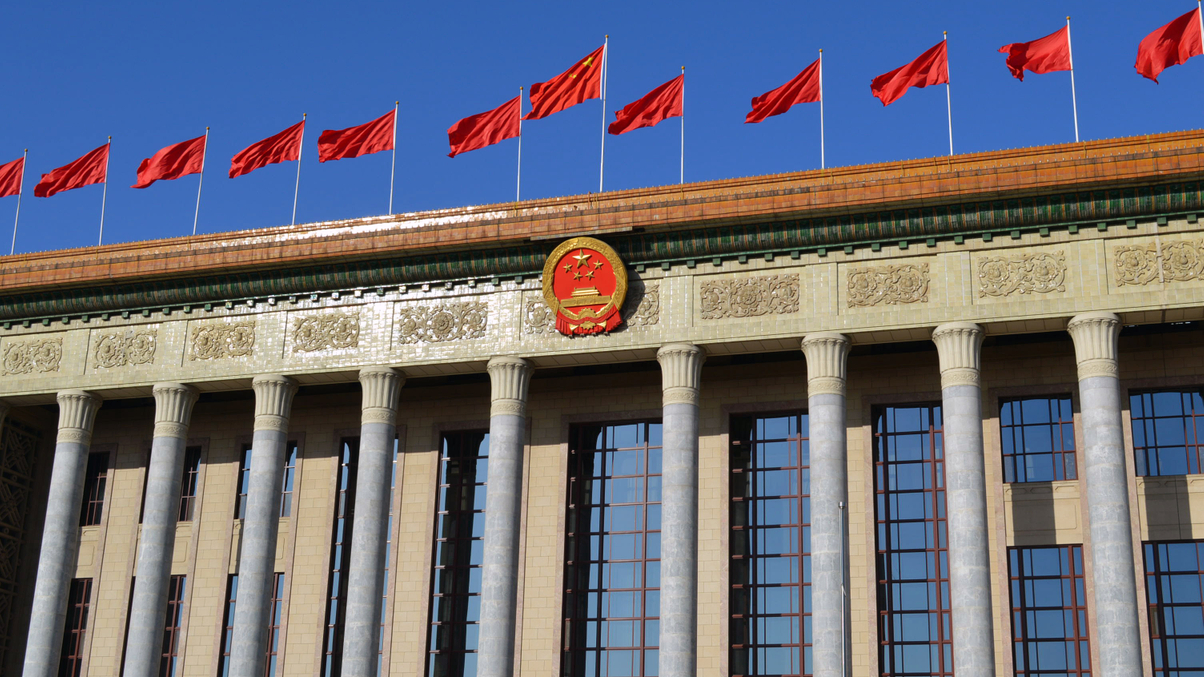Market Views: Will China announce more stimulus in 2025?
China's National People's Congress (NPC) meeting last week failed to deliver the immediate fiscal stimulus that investors were expecting. So will such measures be forthcoming over the next 12 months?

Markets were left underwhelmed by China's National People's Congress (NPC) meeting from November 4 to 8, which failed to introduce the substantial fiscal stimulus measures many had anticipated.
During the meeting, officials announced a Rmb10 trillion ($1.4 trillion) debt package designed to alleviate local government debt burdens, primarily through debt swaps.
Sign in to read on!
Registered users get 2 free articles in 30 days.
Subscribers have full unlimited access to AsianInvestor
Not signed up? New users get 2 free articles per month, plus a 7-day unlimited free trial.
¬ Haymarket Media Limited. All rights reserved.


